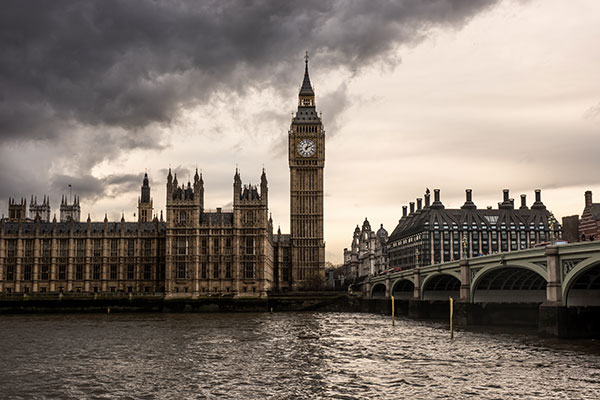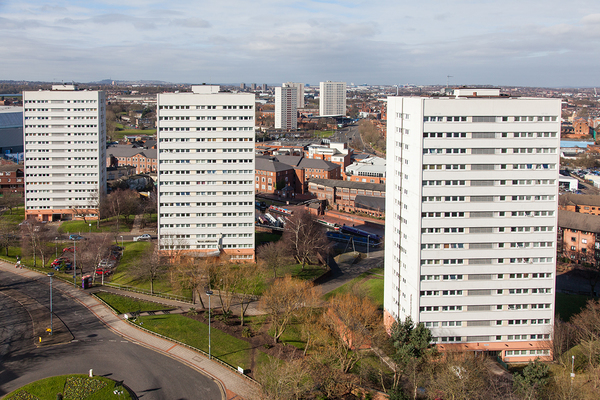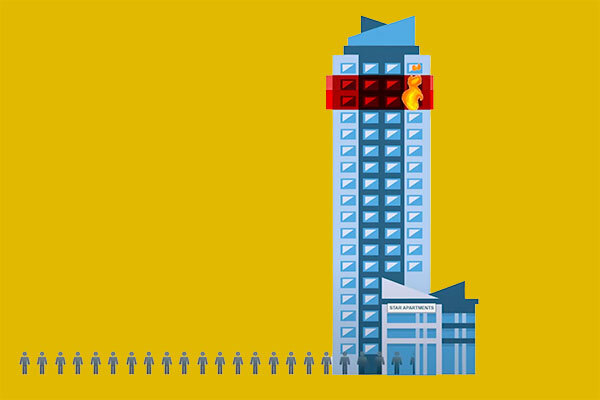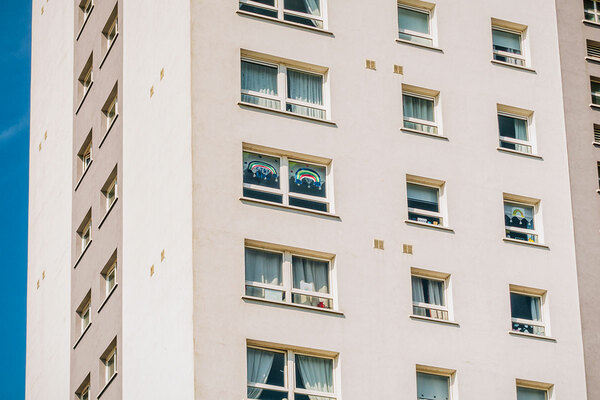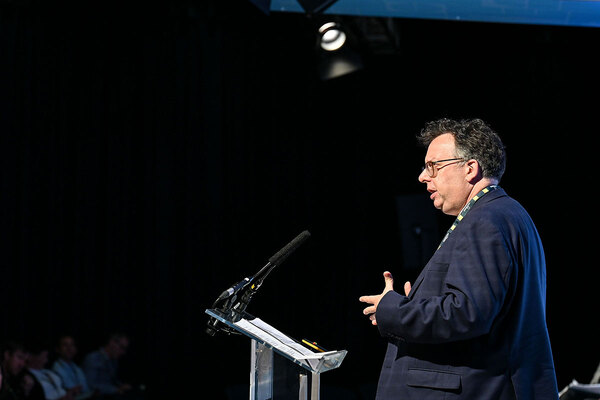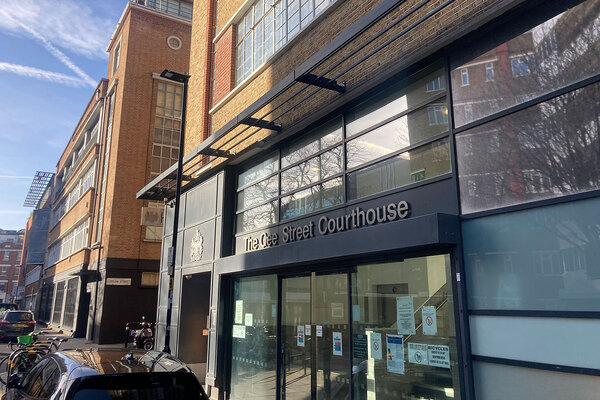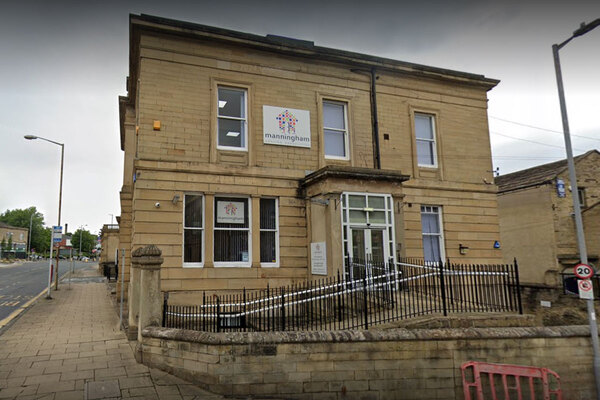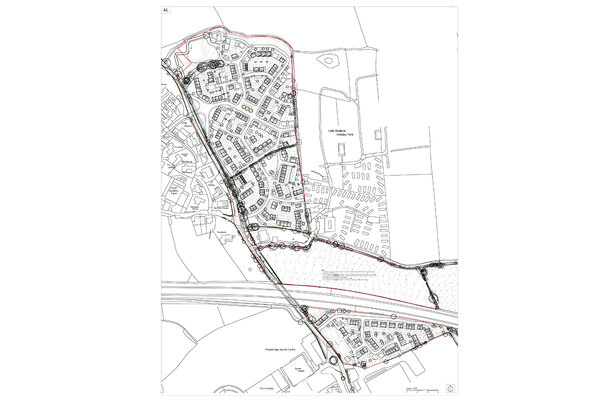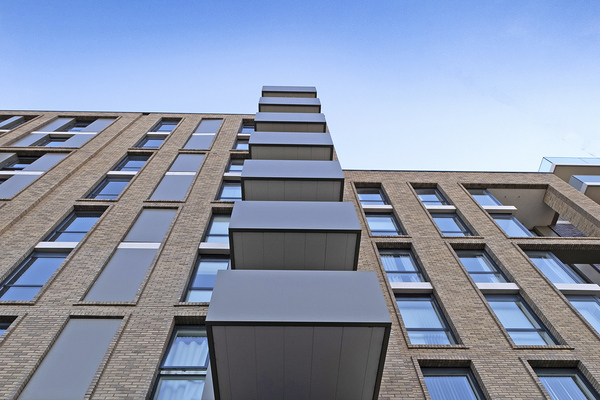You are viewing 1 of your 1 free articles
How the Building Safety Bill will change service charges relating to fire safety
Legislation designed to address fire safety in high-rise buildings is about to bring in a new era of service charges. Landlords of tower blocks will need to understand the rules, warns Douglas Rhodes
The government’s draft Building Safety Bill is the latest step taken by the government in implementing the reforms proposed by Dame Judith Hackitt in her independent review of building regulations and fire safety, which was initiated following the Grenfell Tower fire in 2017.
It also introduces the biggest change to service-charge legislation in almost 20 years, creating a new category of service charges for higher risk buildings containing long residential leaseholders.
What does it propose?
The draft bill sets out a new regulatory regime for higher-risk residential buildings, which are set to be defined as any buildings at least 18m tall or that have more than six storeys above ground level and contain two or more dwellings.
“Who will pay for the additional costs incurred in complying with these new obligations?”
It introduces significant new obligations, including the new statutory role of “accountable person” and the obligation to appoint a building safety manager. There are also new duties, such as preparing a building safety case, registering the building with the new Building Safety Regulator, and preparing and implementing a resident engagement strategy.
Who will pay?
The draft bill partially answers this by amending the Landlord and Tenant Act 1985 – which contains statutory protections for residential tenants and leaseholders – to introduce a new category of service charges called ‘building safety charges’, which long leaseholders of higher-risk buildings will be liable to pay.
The draft bill defines these as costs incurred or to be incurred by or on behalf of an accountable person – the person or entity formally responsible for the safety of the building – for a higher risk building in connection with carrying out prescribed building safety measures.
When can charges be levied?
There will need to be a building safety budget before building safety charges can be demanded. If additional costs become necessary during the year, an additional budget will need to be served.
The money paid by tenants for these building safety charges will need to be held in trust in a designated bank account. It remains to be seen whether there will be a exemption for housing associations similar to the one for general service charge funds.
A year-end reconciliation will need to be provided within 28 days of the end of the relevant accounting period. This must specify what measures were carried out, what costs were incurred, what costs were not incurred and why not, the total amount of building safety charges due, the total received, and the total remaining in the designated account. Notably, this includes actual receipts as well as the sums budgeted and spent.
“The same requirement of reasonableness shall apply to building safety charges as it does to other service charges”
The same requirement of reasonableness shall apply to building safety charges as it does to other service charges, so tenants will only be liable to pay the charges when these are reasonably incurred and the services or works are provided to a reasonable standard.
New consultation requirements will be introduced for when building safety charges exceed an appropriate amount (that is yet to be determined). These will be similar to existing Section 20 requirements, including the ability to apply to a first-tier tribunal for dispensation. However, there will be will some differences, most notably an exemption notice procedure for works that are needed pursuant to a compliance notice or an urgent action notice issued by the Building Safety Regulator.
Is further scrutiny required?
It is important to note that the Building Safety Bill is still in draft form. The proposals relating to building safety charges were not set out in the government’s consultation following the Hackitt Review and so these provisions may change during the passage of the bill through parliament.
As presently drafted, the provisions carry very significant practical implications and an increased administrative burden on landlords of high-rise residential buildings. But until further details are provided, it is unclear whether there will be any cost protections offered to social housing residents beyond those that already exist in relation to service charges.
“Overall, the building safety charge provisions in the draft bill constitute a major reform to service charge law and practice”
Particular difficulties arise as to how the provisions will apply to mixed tenure estates, which are common across the social housing sector. As presently drafted, the building safety charges provisions would only apply to long leaseholders.
Assured tenants are often also subject to a service charge regime and if the building safety charge regime is not extended to them, it is likely this will create further differences between the management of different tenures. For example, it could result in two consultation procedures being required, one under the new rules for leaseholders and one under the existing Section 20 rules for assured tenants.
Overall, the building safety charge provisions in the draft bill constitute a major reform to service charge law and practice in relation to high-rise residential buildings. Service charge professionals should pay close attention to the bill as it passes through parliament and may wish to engage with the government to raise any concerns they may have as to how the provisions will operate.
Douglas Rhodes, partner, Trowers & Hamlins

